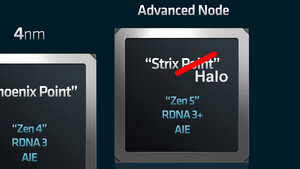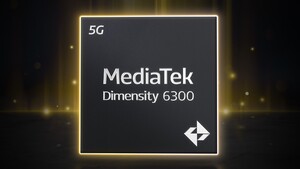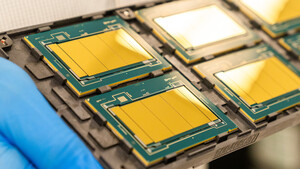...
Q13 When you mentioned reducing from three chips to two chips, that reminded me of Transmeta. What would you say about Transmeta as an x86 competitor?
Gleichwertiger Strombedarf, ungleicher Flächenbedarf
A13 Well, Transmeta has good power. They're really not any better than us, but we're better than the other guys. So I'd say, yeah, equal in power.
They have okay footprint. They have two chips, but their two chips are big. I had a chart in the fall Microprocessor Forum showing that our three chips were the same size as their two chips. So there's not a big difference in footprint size. Biggest difference is threefold.
Verwaltungs-Kosten?
One, is that they're very costly. In their last quarterly earnings conference call, they quoted orally an ASP [average selling price] of I think it was $70, which is ridiculously high. You notice they're losing mass amounts of money -- $20 million a quarter -- so they need to try and keep prices high.
Brot und Butter Anwendungen
Two, is the fact that our performance on real-world applications is much better than Transmeta's. They do well at simple repetitive loops, because their architecture is designed to do well there. But, for real applications with big working sets, rambling threads of control, etc., we beat them badly. For example, in office applications such as Word, Excel, etc. -- the bread and butter of what the real world does."
Chipsatzgrenzen
But the other argument is sort of subtle, and people miss it. Their platform is very restricted. Their two-chip solution only talks to two graphics chips that exist, in the world, right? And you have to choose. And if you don't like the memory controller they have, let's say you want X, etc. -- they only support certain memories. etc., etc.
Chipsatzvielfalt
We (VIA Centaur) have a processor that talks to 15 different northbridges, each of which talk to 17 different southbridges. You want four network things? Fine, you got four network things. You want an integrated graphics panel, AGP... fine. You can configure all of those things using the normal parts. And, what we've found in the embedded world is that one size definitely does not fit all.
That's why VIA itself has done eight variations of the mini-ITX board, and keeps doing more, and other vendors have made lots of other variations. Some have four serial ports, some have one; some have four networks, some have none, and so forth and so on.
The flexibility offered by these standard parts in the PC world is, I think, a significant advantage.



